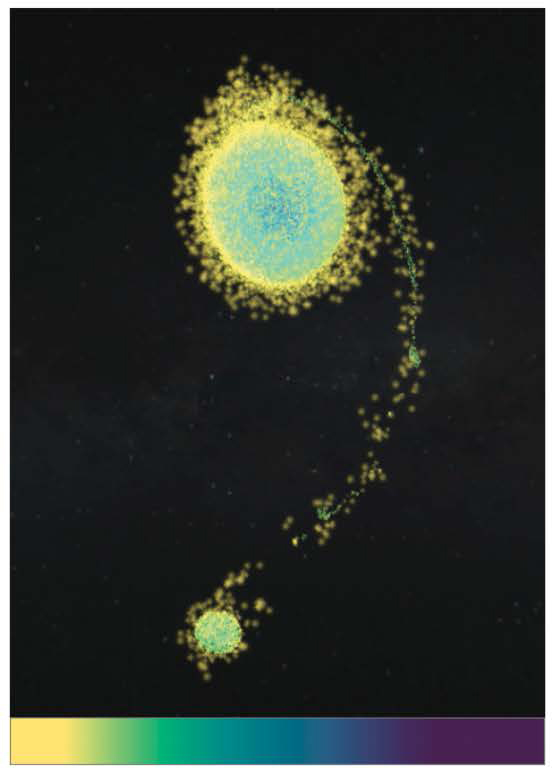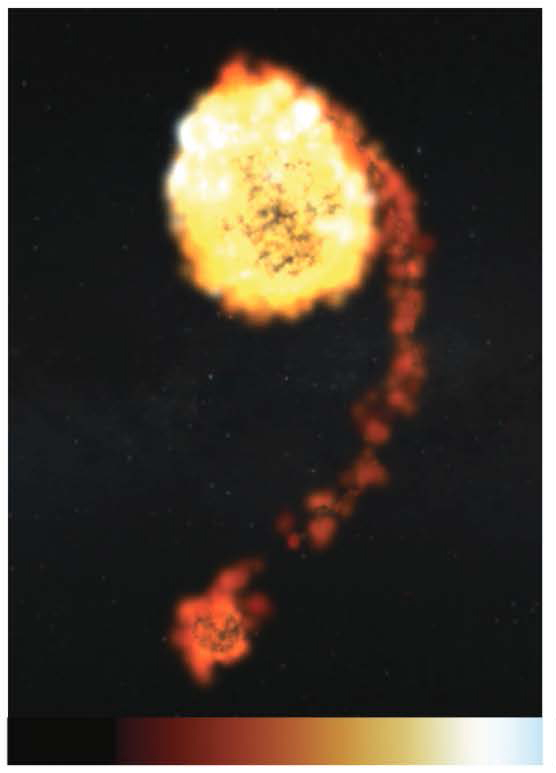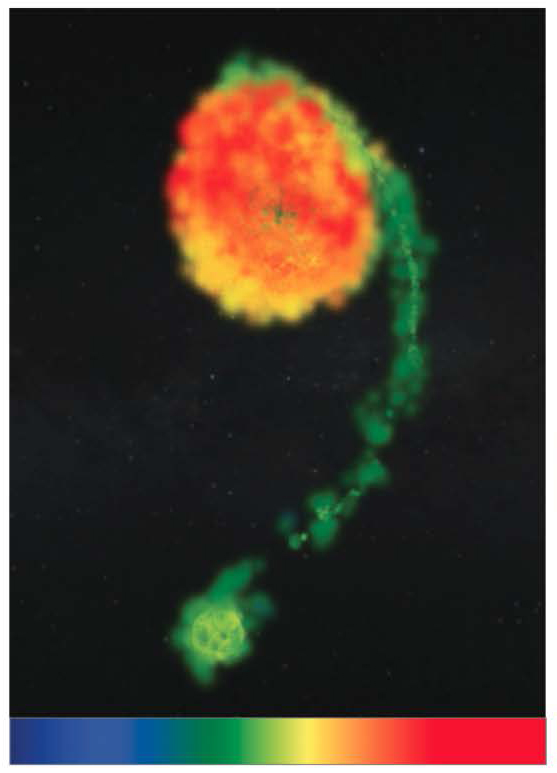“Interactive Cinematic Scientific Visualization in Unity” by Shih, Borkiewicz, Christensen and Cox
Conference:
Type(s):
Entry Number: 69
Title:
- Interactive Cinematic Scientific Visualization in Unity
Presenter(s)/Author(s):
Abstract:
INTRODUCTION
Cinematic scientific visualizations turn complex scientific phenomena and concepts into stunning graphics and make them easier for the general public to comprehend. Adding interactivity to cinematic scientific visualizations is highly beneficial especially for educational purposes, as it keeps the viewers engaged and promotes active learning [Cano et al. 2017]. Although there are existing software tools such as VisIt that are capable of handling large data sets and allow for interactive exploration, they are usually designed for scientists and not meant for producing cinematic visualizations for the general public. Creating aesthetically pleasing visualizations of scientific data helps to better communicate the scientific concepts, increase impact, and reach a broader audience [Borkiewicz et al. 2018]. As existing examples of visualizations that are both interactive and cinematic have mainly been produced with custom software, there is a lack of easily accessible tools for developing this type of scientific visualization. Game engines have been gaining popularity in fields outside of the video game industry primarily because they provide a feature rich development environment for real-time applications with high end graphics needs. As game engines are designed to efficiently manage resources, produce high quality graphics, and handle user input, we believe that they have the potential to serve as a good tool for developing interactive cinematic scientific visualizations.
References:
Kalina Borkiewicz, Jill Naiman, and Haoming Lai. 2018. Cinematic Visualization
of Multiresolution Data: Ytini for Adaptive Mesh Refinement in Houdini. CoRR
abs/1808.02860 (2018). arXiv:1808.02860 http://arxiv.org/abs/1808.02860
Marta Blazquez Cano, Patsy Perry, Rachel Ashman, and Kathryn Waite. 2017. The
influence of image interactivity upon user engagement when using mobile touch
screens. Computers in Human Behavior 77 (December 2017), 406–412. https:
//doi.org/10.1016/j.chb.2017.03.042
Robin M. Canup. 2012. Forming a Moon with an Earth-like Composition via a Giant Impact. Science 338, 6110 (2012), 1052–1055. https://doi.org/10.1126/science.1226073
Joanna Hernik and Elzbieta Jaworska. 2018. The Effect of Enjoyment on Learning. In
Proceedings of INTED2018 Conference. 508–514. https://doi.org/10.21125/inted.2018.
1087
Additional Images:






